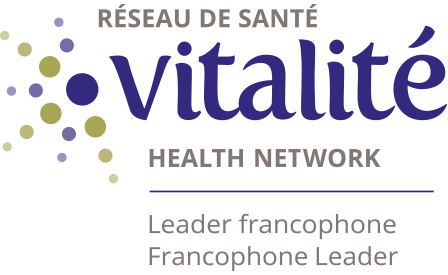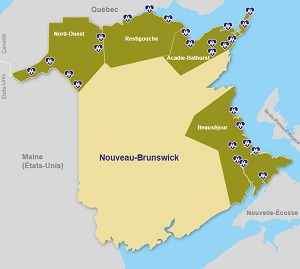End of life
Several signs may indicate that death is nearing. The bodily functions slow and prepare to stop: the patient is no longer hungry or thirsty, they get tired quickly, sleep more and more, and isolate themselves.
It is difficult to predict the exact time death will occur because each person is different.
Signs of the natural movement toward death
- The extremities become cold, blue and mottled.
- The patient is not awake very often.
- The level of conciousness is reduced.
- Breathing changes (becomes slower or faster, with pauses lasting up to 30 seconds).
- Since the patient is no longer able to move secretions from their airways, a rattling sound can be heard.
- The patient becomes incontinent and voids little.
- The body temperature rises, and the patient may sweat.
At end of life
- Perform oral care.
- Apply moisturizing cream to the skin and lip balm to the lips.
- Keep the environment peaceful and serene.
- Limit visits.
- Continue talking to the patient.
- Report any sign of pain to the care team (groans, frowning, agitation).
In the final moments, allow each person who so wishes to be alone with the patient for a moment.
As needed, reassure the patient and tell them not to worry (this is a little bit like giving them permission to leave).
At the time of death
- Breathing stops; there is often a final sigh.
- The heart stops beating.
- The eyelids may stay partially open, and the gaze may be fixed.
- The mouth may open because the jaw relaxes.
- The content of the intestines and bladder may be released because the muscles relax.
- The skin becomes cold, pale and waxy.
- The family may gather and take the time they need to be with the patient.

